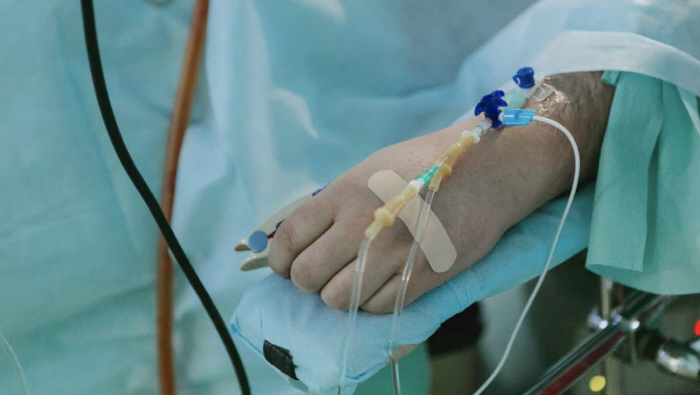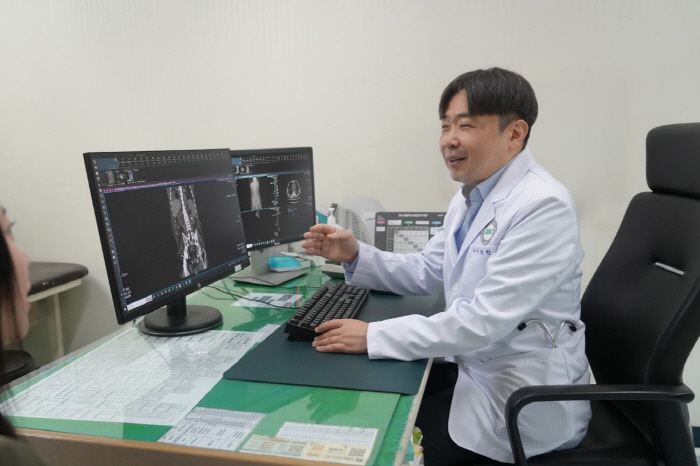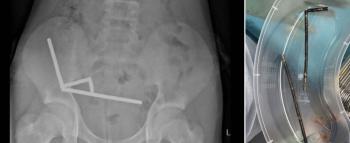Diabetic kidney disease, chronic kidney failure, which is more dangerous without symptoms
Oct 27, 2025
|
For this reason, it is sometimes referred to as the 'water purifier in the body'.
According to the 2021 National Health and Nutrition Examination Survey, the number of chronic kidney disease patients in South Korea was 8.4% (about 4 million) of the population and is estimated to be 10% in reality.
The number of diabetic patients is about 5 million, of which 20-40% develop kidney complications, and 1.7 million people progress to diabetic kidney disease. Diabetic kidney disease is the most important cause of chronic kidney disease, and kidney function is gradually deteriorated, leading to chronic kidney failure.
Diabetes-induced hyperglycemia, hypertension, and hyperlipidemia damage microvessels in various organs of the body, and when microvessels in the kidneys are damaged, a small amount of proteinuria appears at first, and as proteinuria increases, renal function decreases, leading to chronic renal failure. If chronic renal failure progresses and the glomerular filtration rate falls below 15 ml/min/1.73㎡, it leads to end-stage renal failure requiring hemodialysis, peritoneal dialysis, and transplantation.
"In fact, about 50% of patients with end-stage renal failure have diabetes, and the clinical features of diabetic kidney disease do not have any symptoms that can be recognized in the early stages, but when the disease progresses, swelling, high blood pressure, and uremic symptoms can appear," said Lee Jang-han, head of the Department of Nephrology at Bundang Jesaeng Hospital (Hospital Director Na Hwa-yeop).
Diabetic kidney disease is diagnosed by confirming proteinuria in urine test and measuring the glomerular filtration rate through blood test.
Albuminuria is an important clinical indicator for diagnosing diabetic kidney disease, and if more than 300mg is released per day, diabetic kidney disease can be suspected.
Director Lee Jang-han said "Due to the increasing number of diabetic patients and the aging population, the number of diabetic kidney disease patients is expected to continue to increase. There are no symptoms in the early stages of diabetic kidney disease, and proteinuria is detected only in urine tests, but as diabetes progresses and blood sugar is not controlled, proteinuria from urine also increases. When protein in the blood is reduced, swelling occurs in the body and frequent urination at night. In addition, as diabetes progresses, high blood pressure is often accompanied, and if diabetes and high blood pressure are not properly managed, kidney function deteriorates quickly, leading to chronic kidney disease."
Then, when it progresses to chronic kidney disease, the function of filtering waste from the kidney begins to decline, but there are no symptoms in the beginning, but blood tests show increased creatinine levels and hormonal abnormalities related to anemia or bone metabolism. When the stage of chronic kidney disease is elevated, urinary symptoms such as nausea, vomiting, loss of appetite, fatigue, and itching appear. In the case of uremic symptoms, it may already be progressing to end-stage renal failure requiring renal replacement therapy such as dialysis, he added.
Since diabetic kidney disease has no symptoms in the early stages and proteinuria often appears in urine tests, patients with diabetes should regularly visit endocrine or renal internal medicine to check for proteinuria and no deterioration of renal function through urine and blood tests.
In addition, it is difficult to recover from the damage at the stage where diabetic kidney disease has progressed, so it is important to prevent the progression to kidney disease as early as possible.
|
This article was translated by Naver AI translator.















